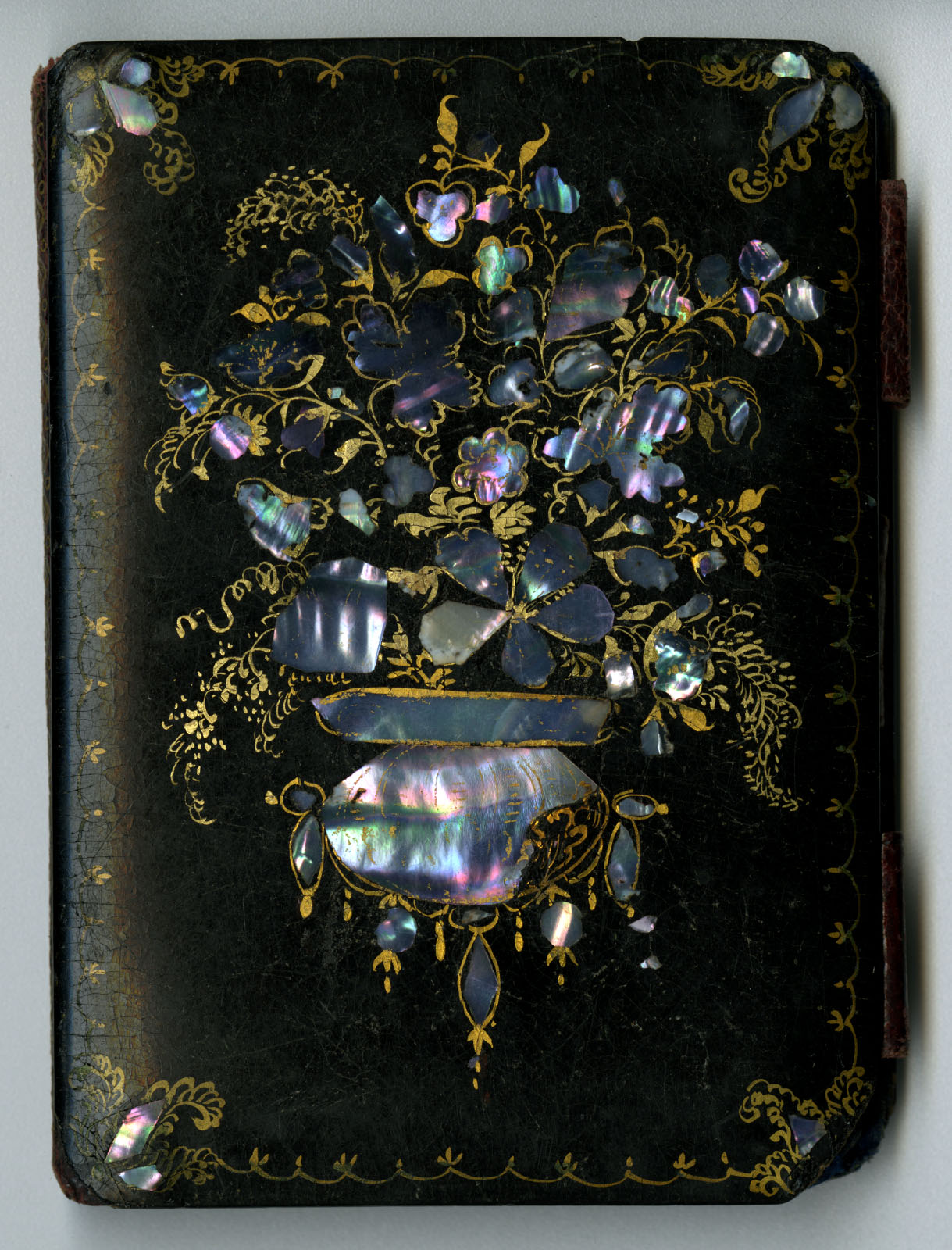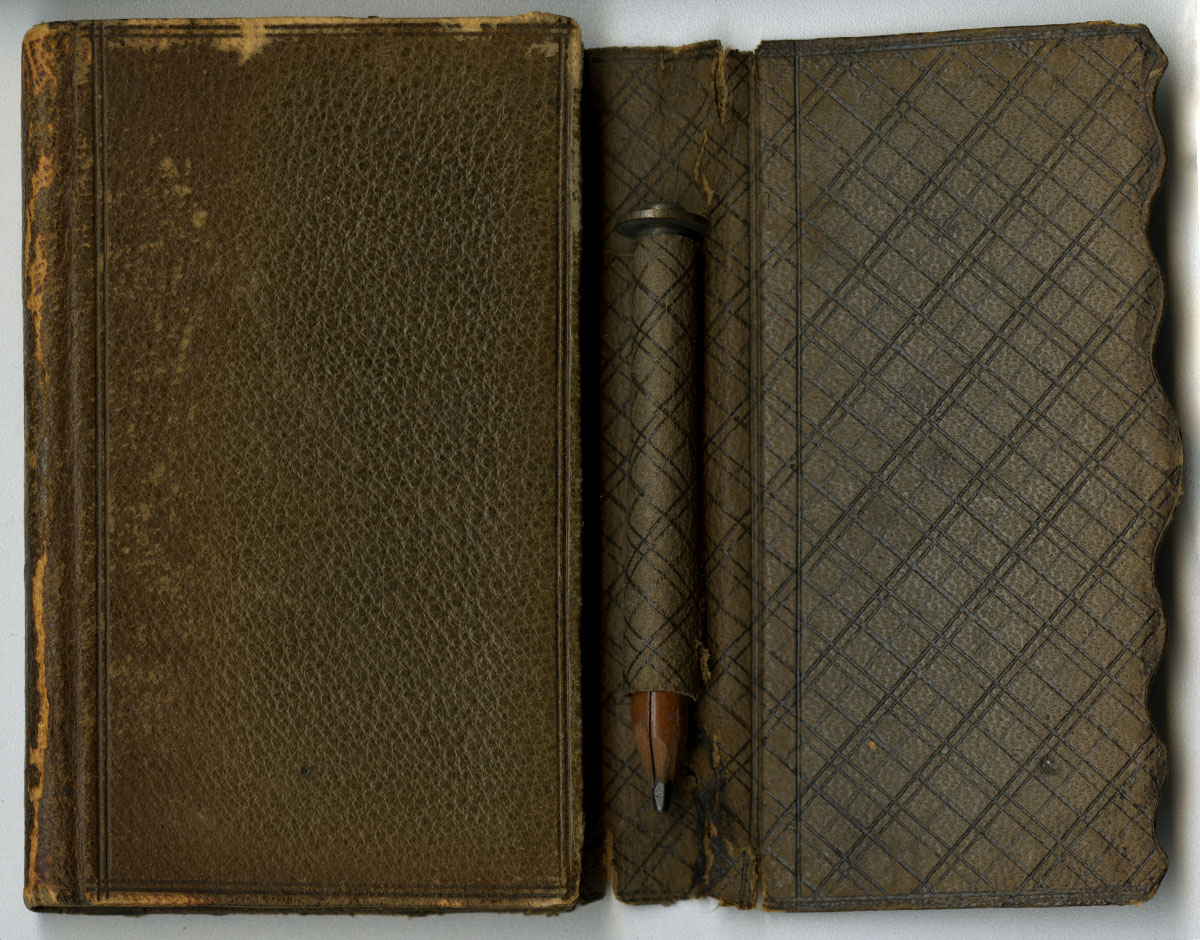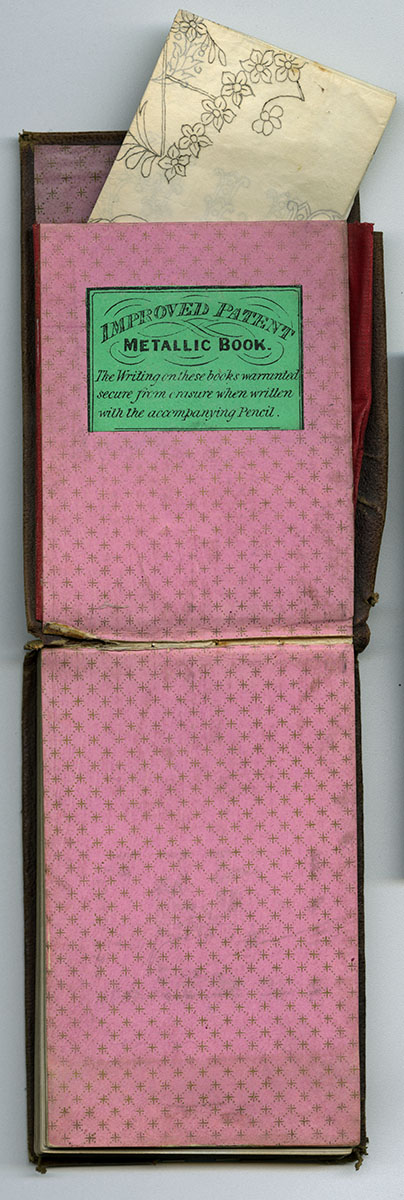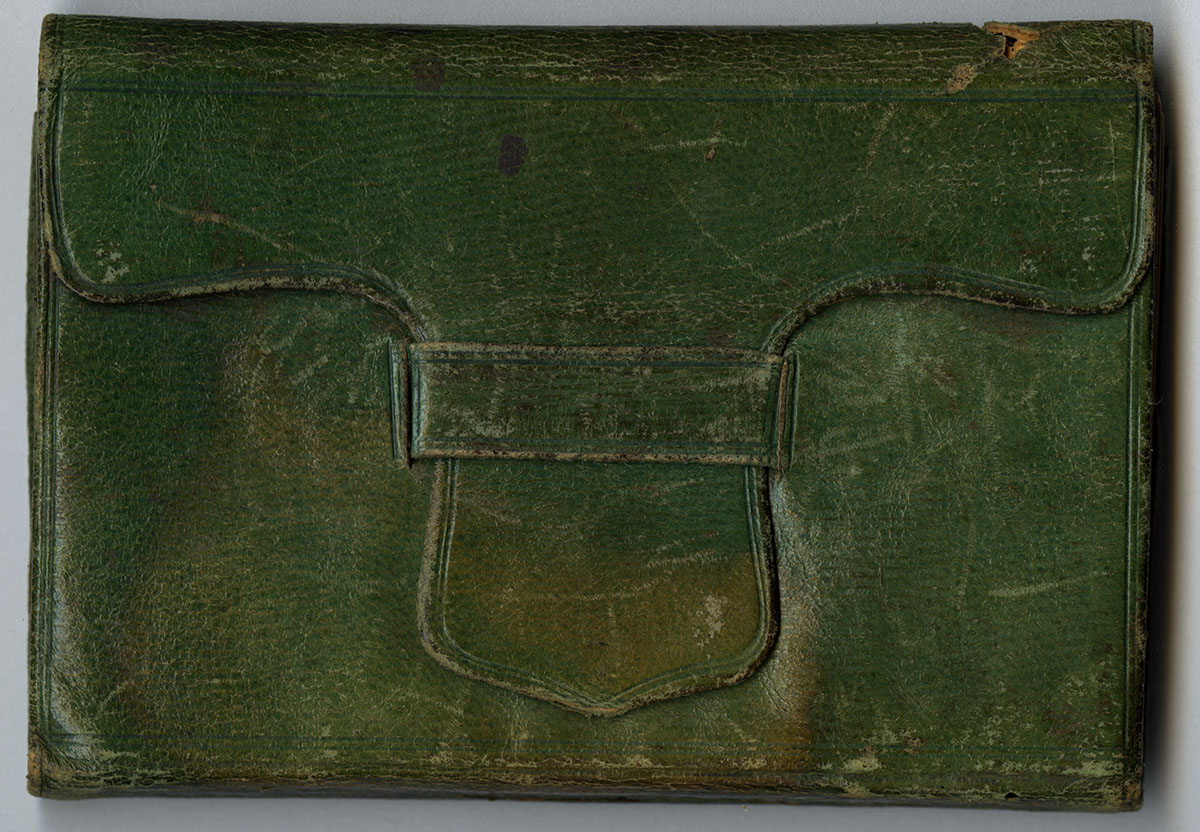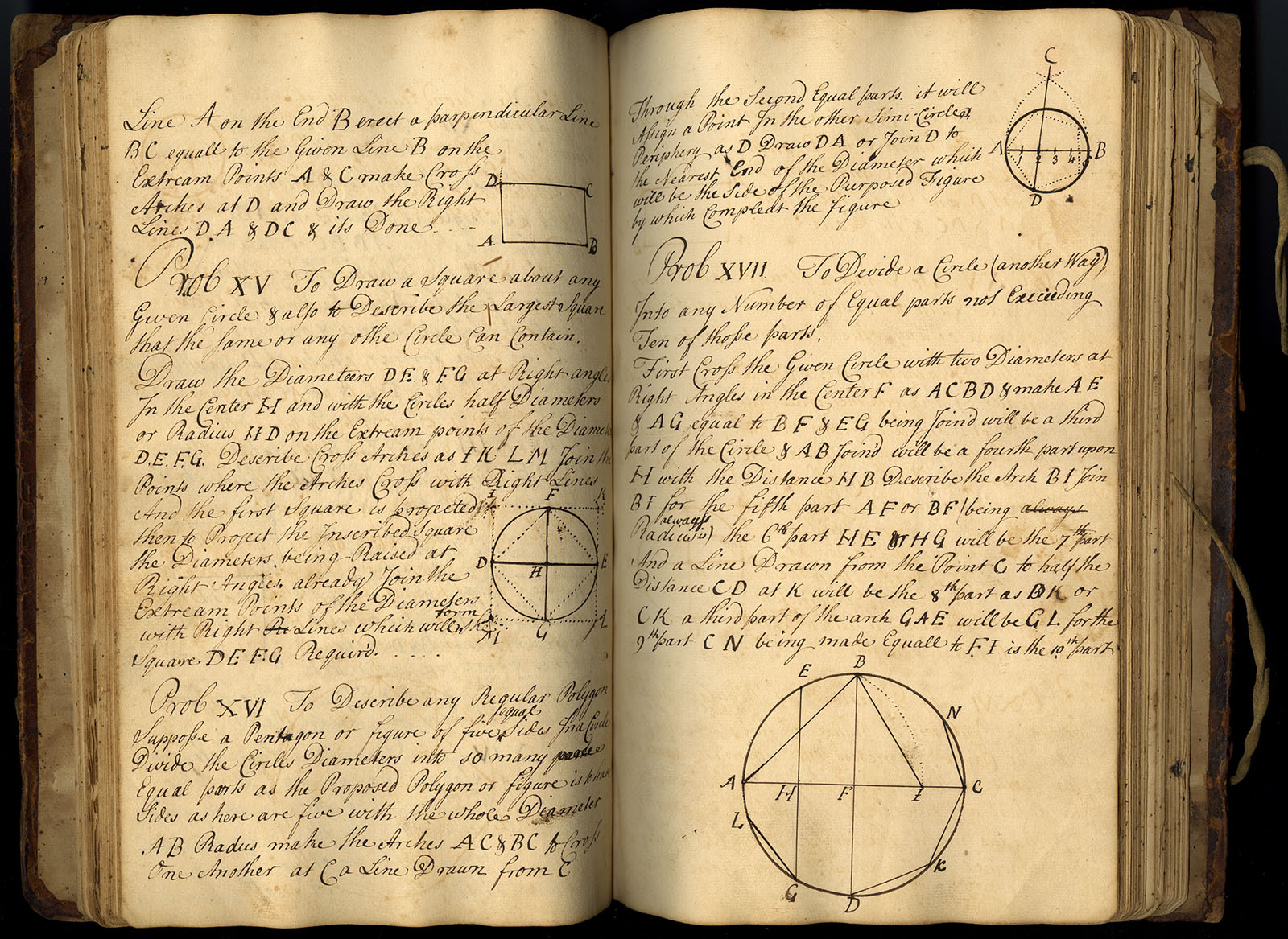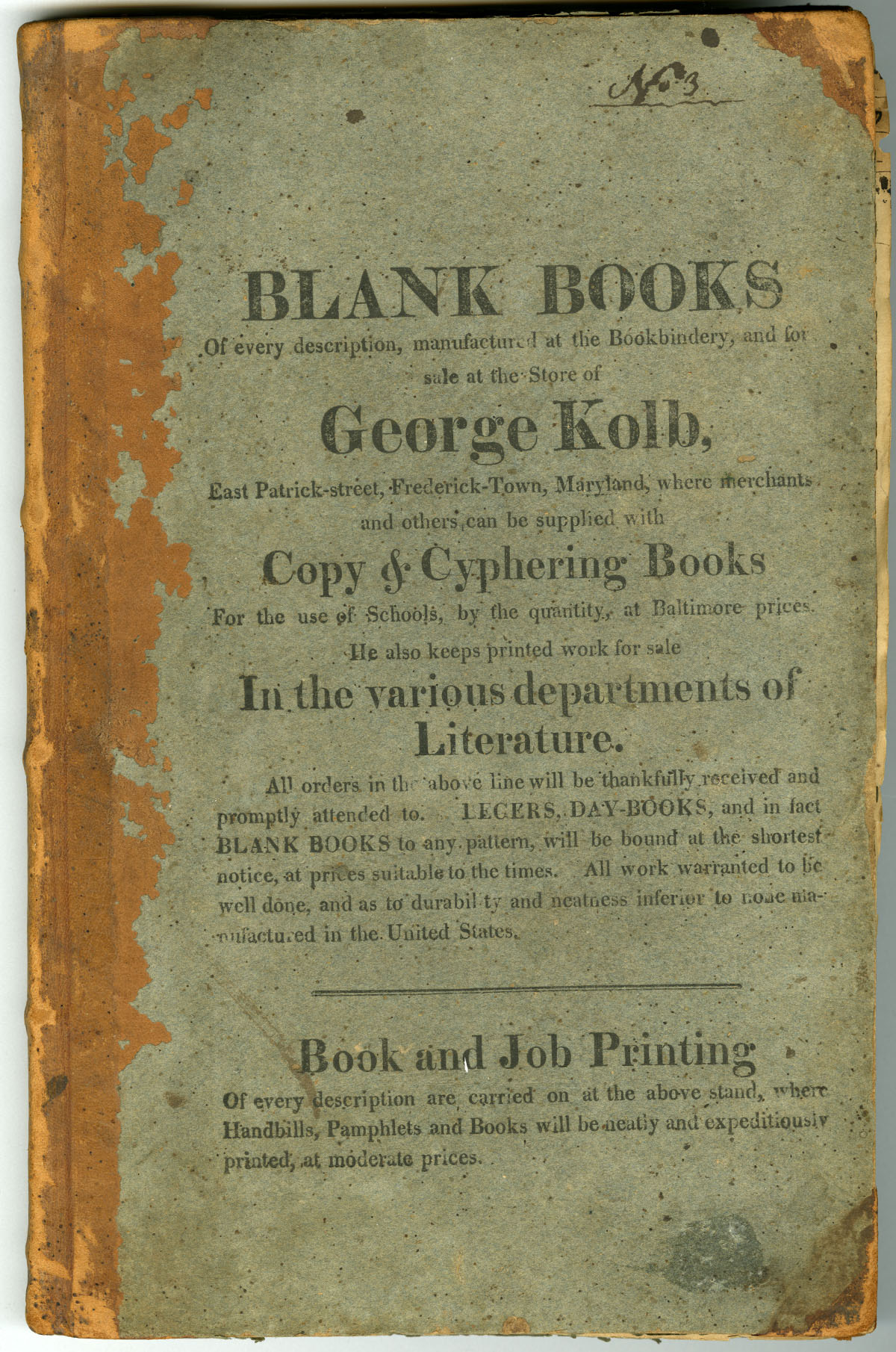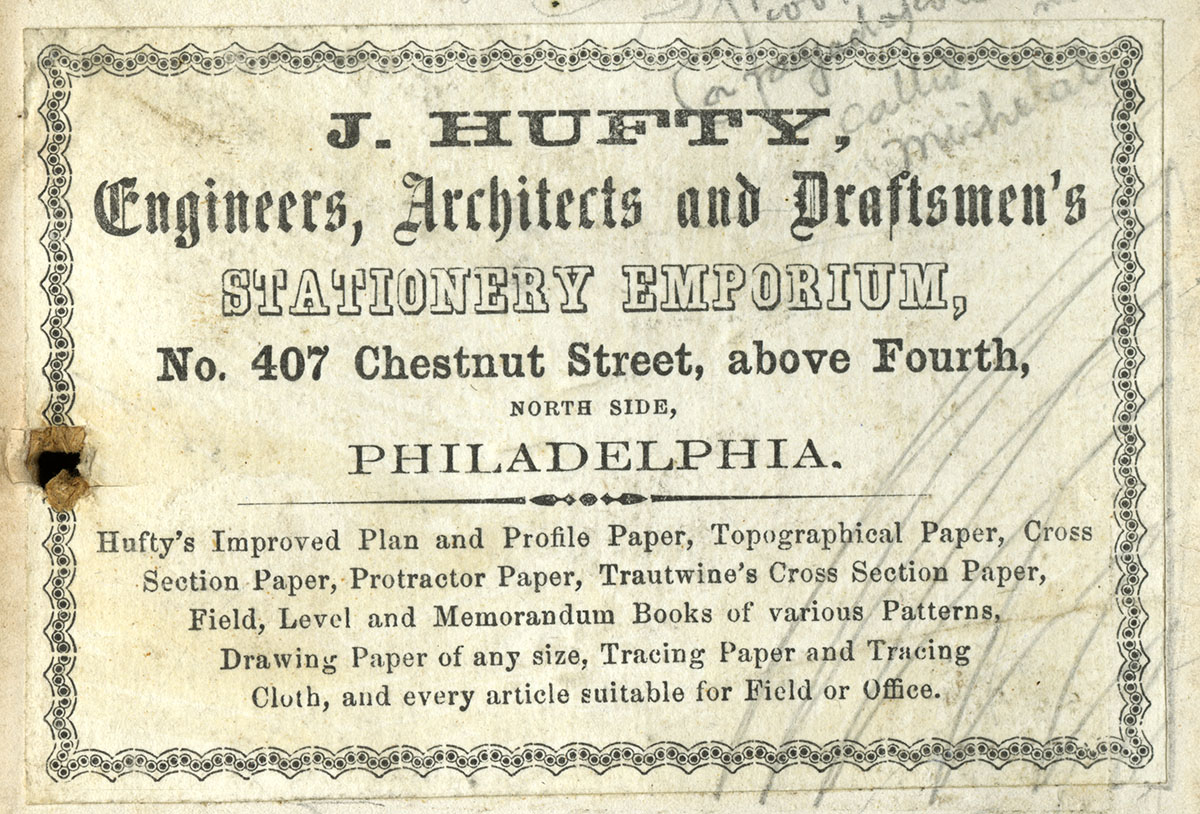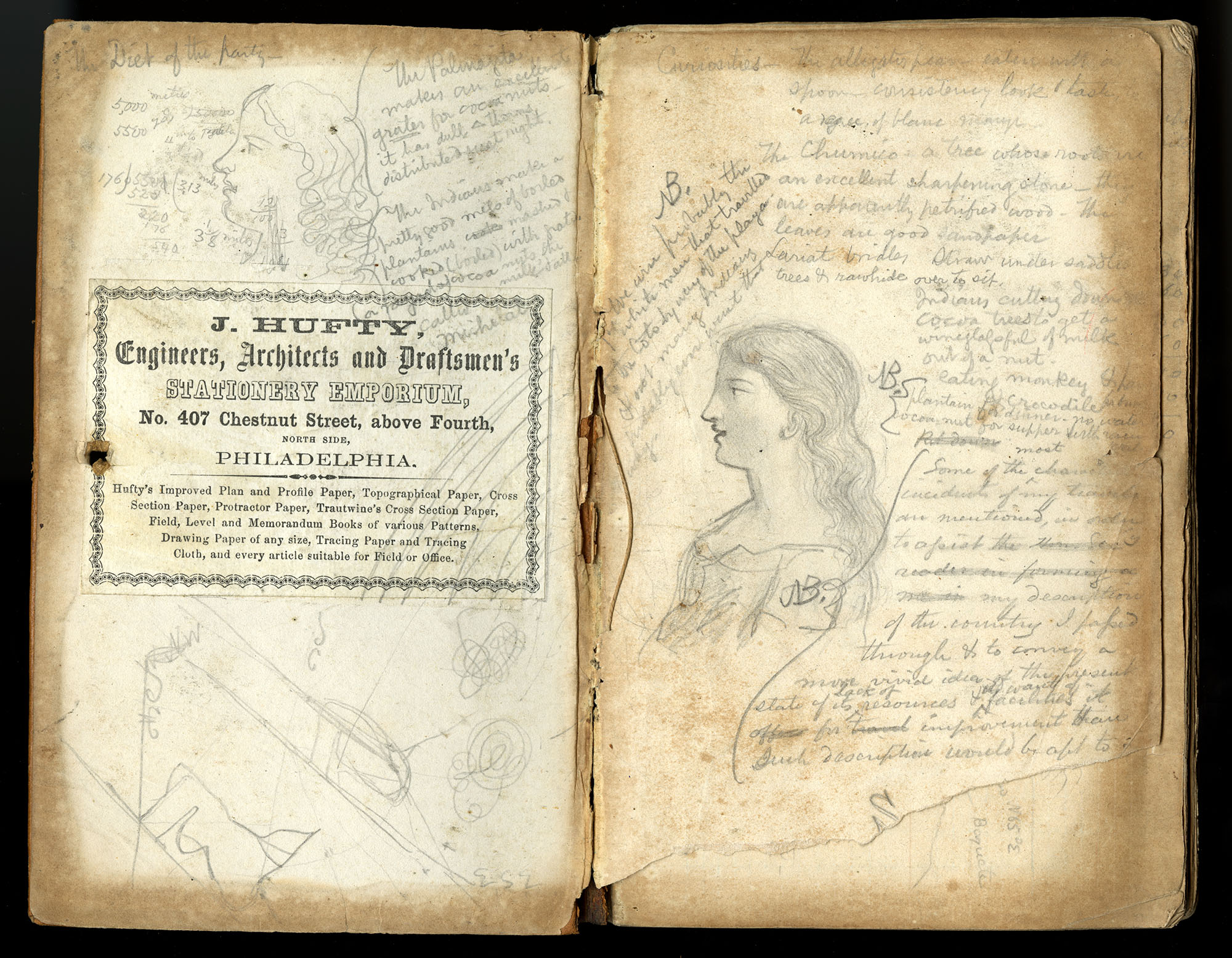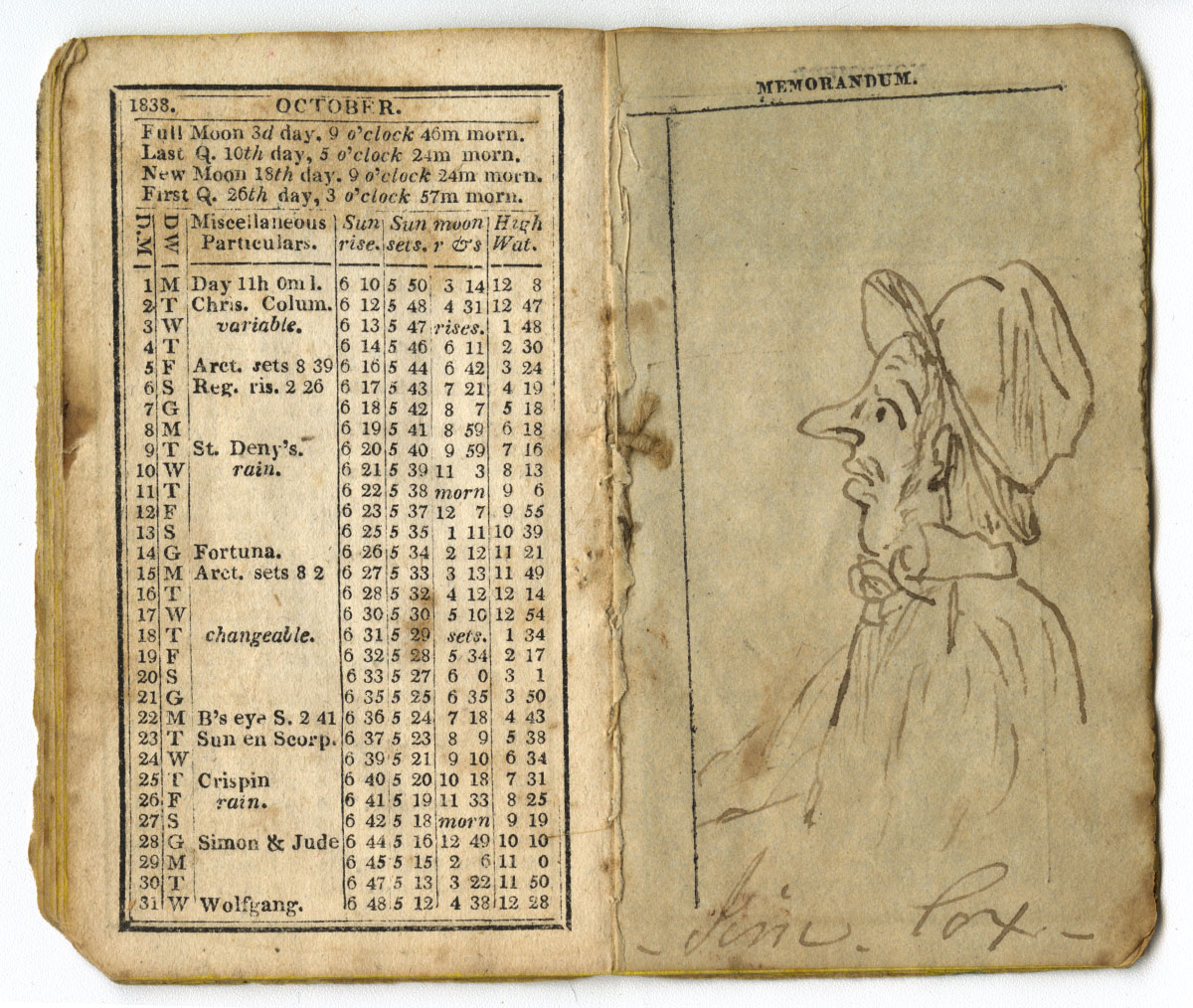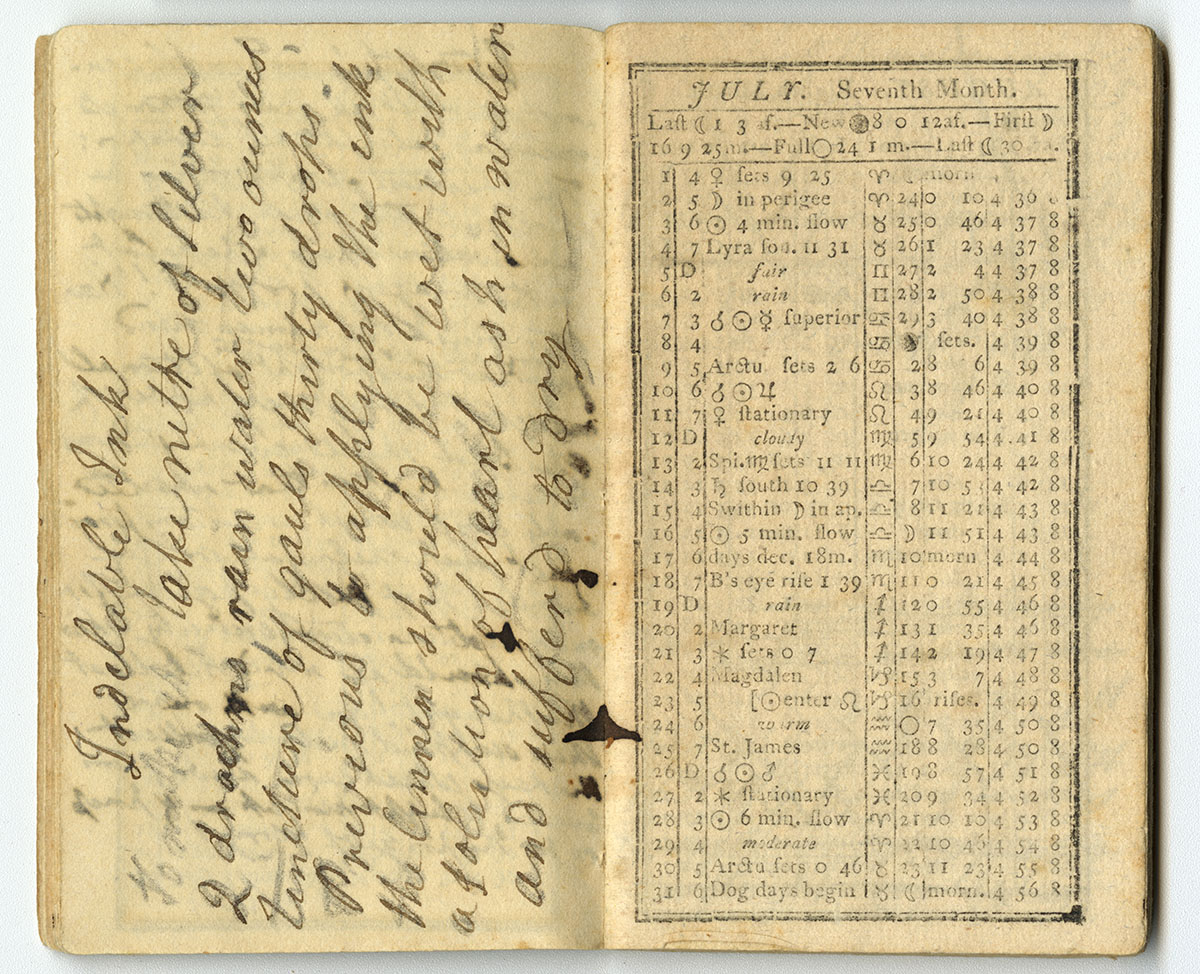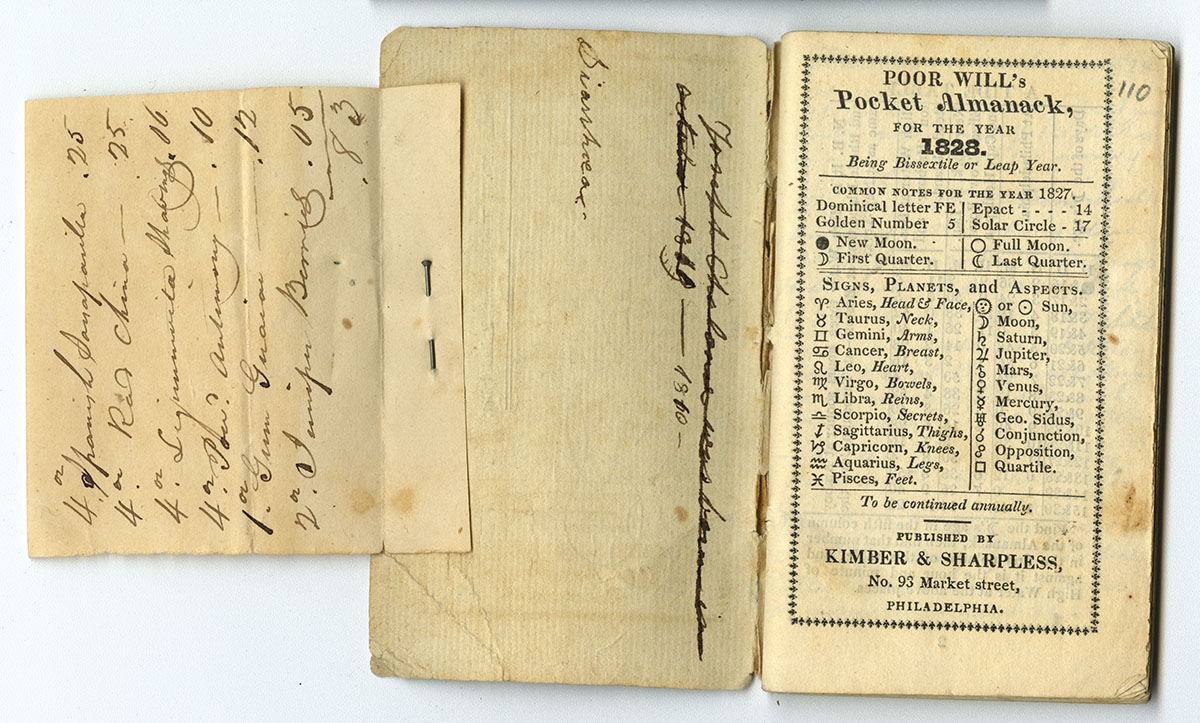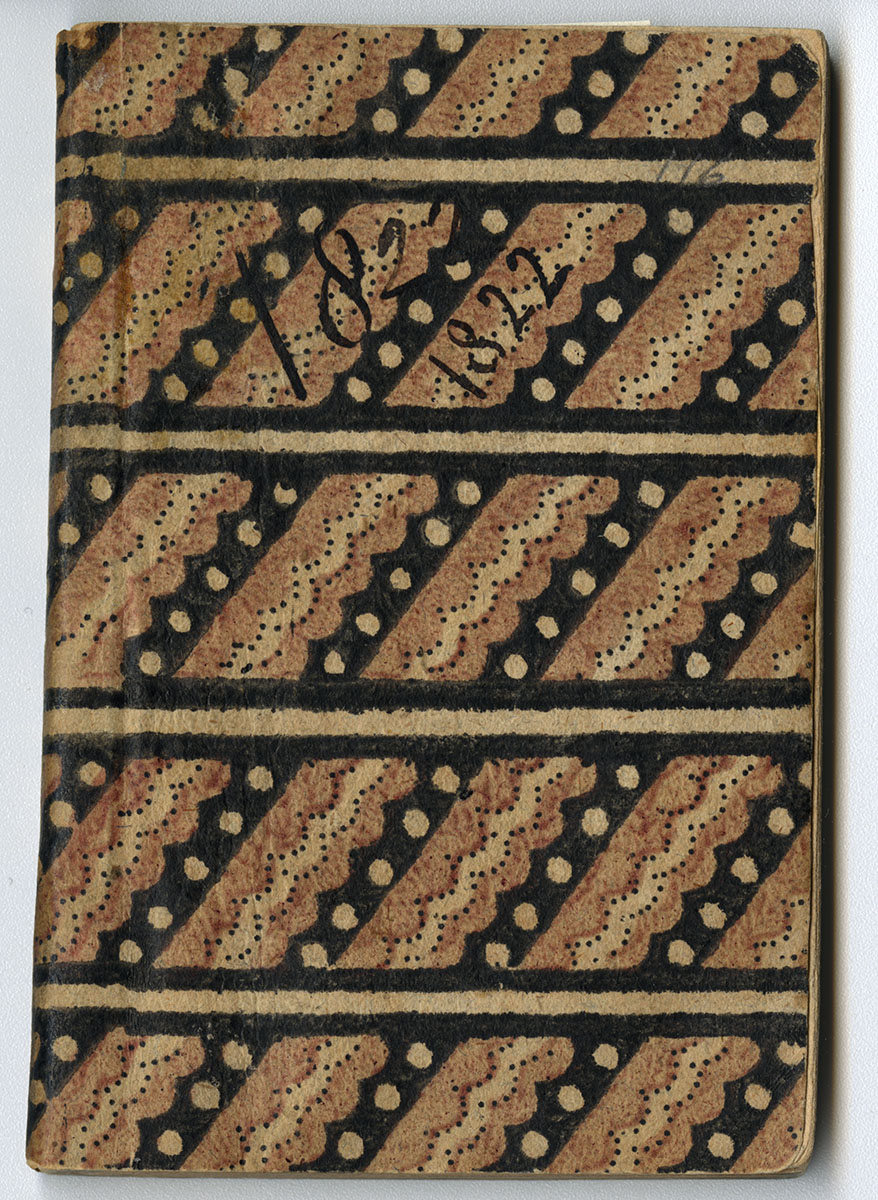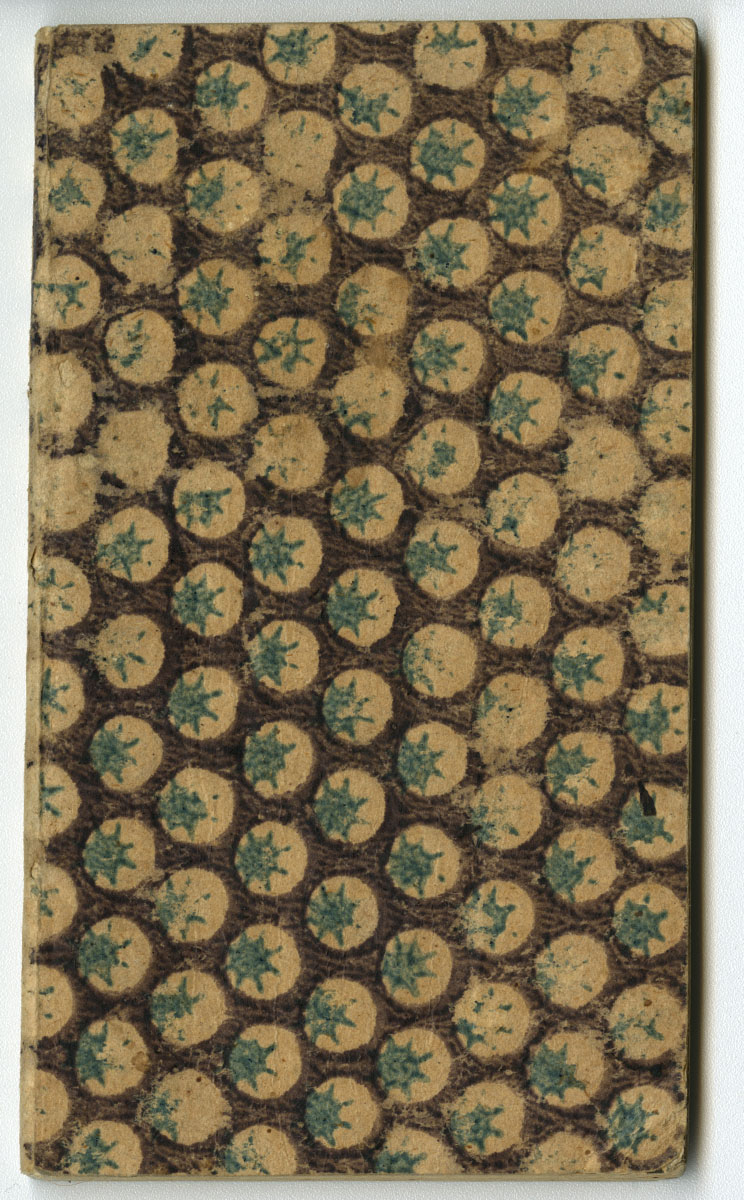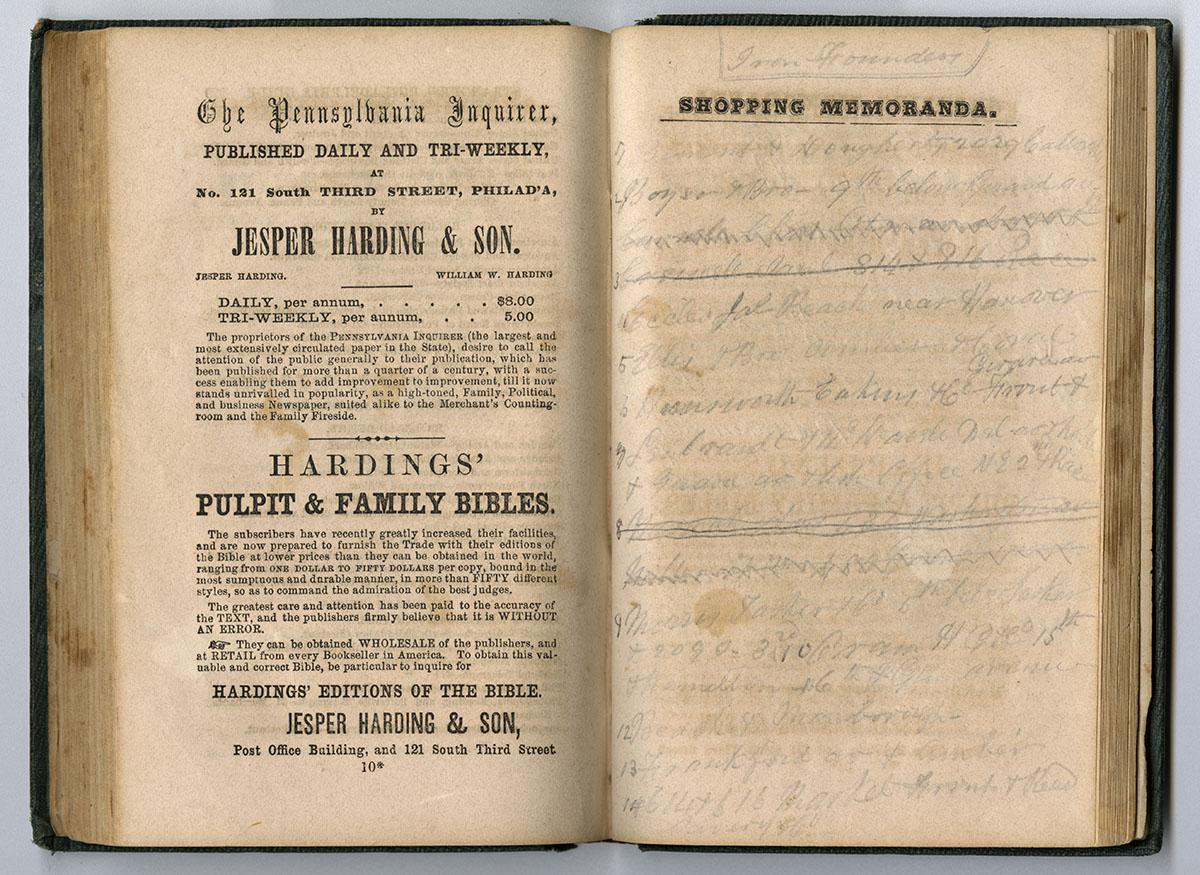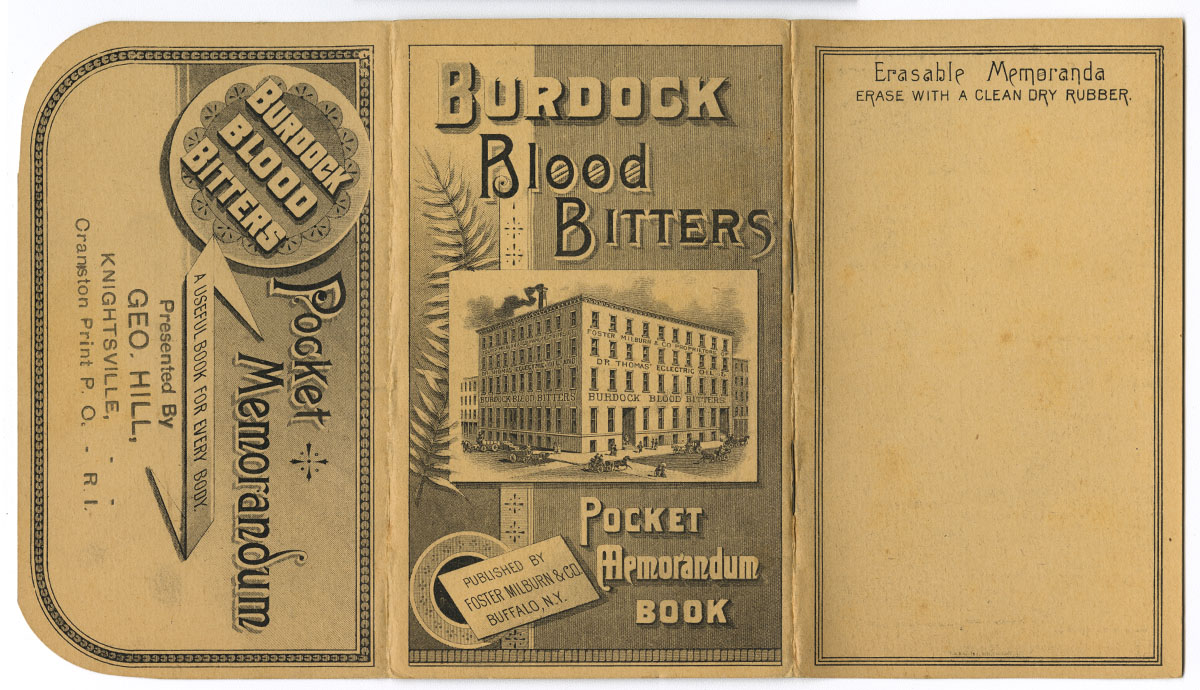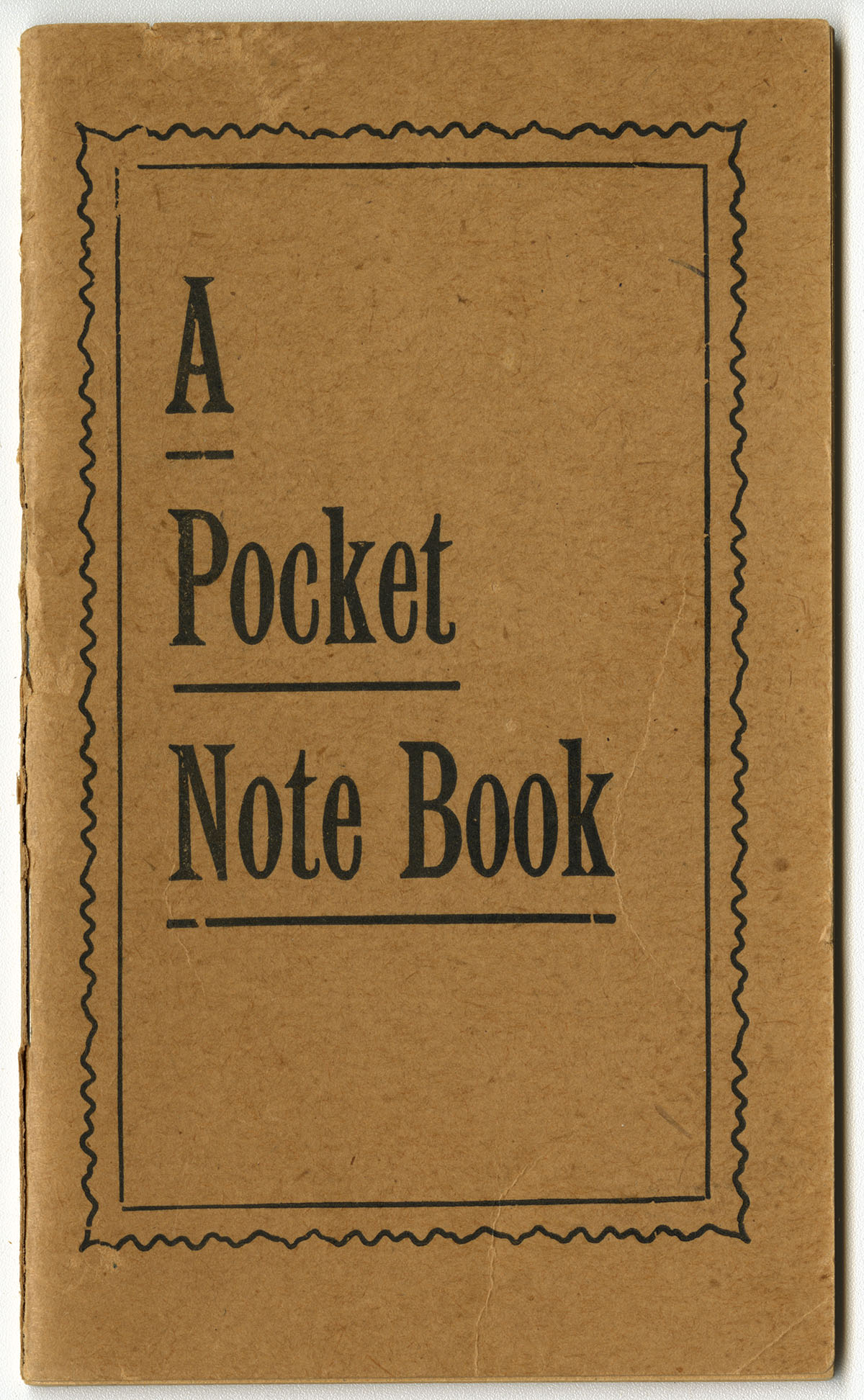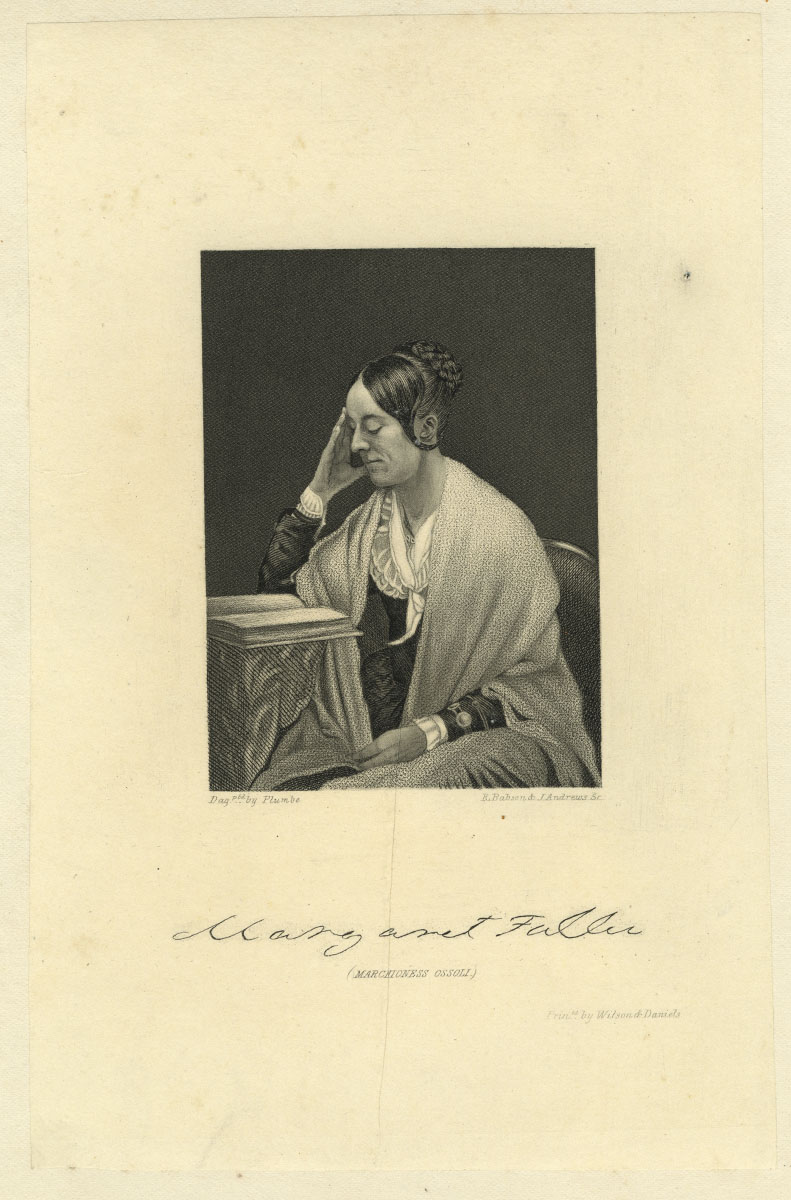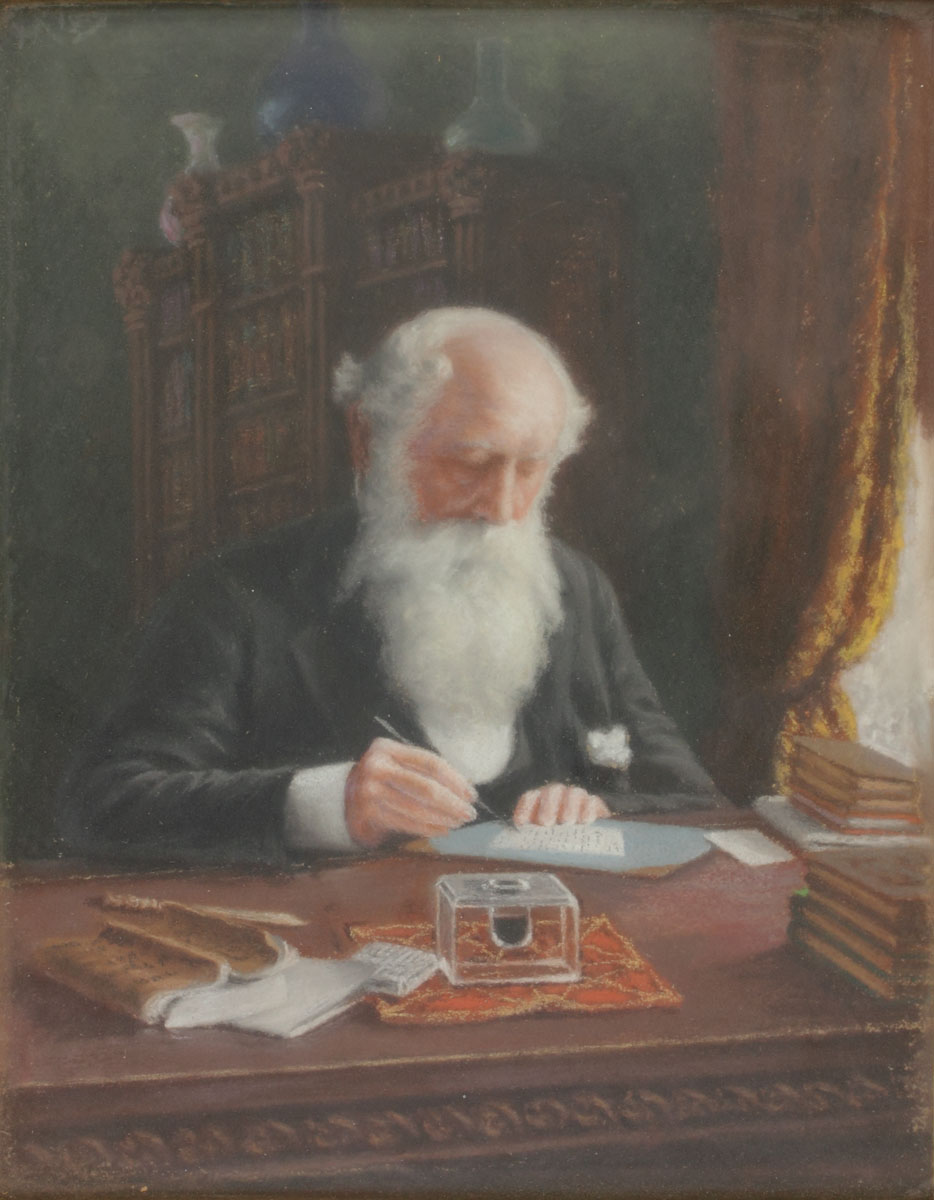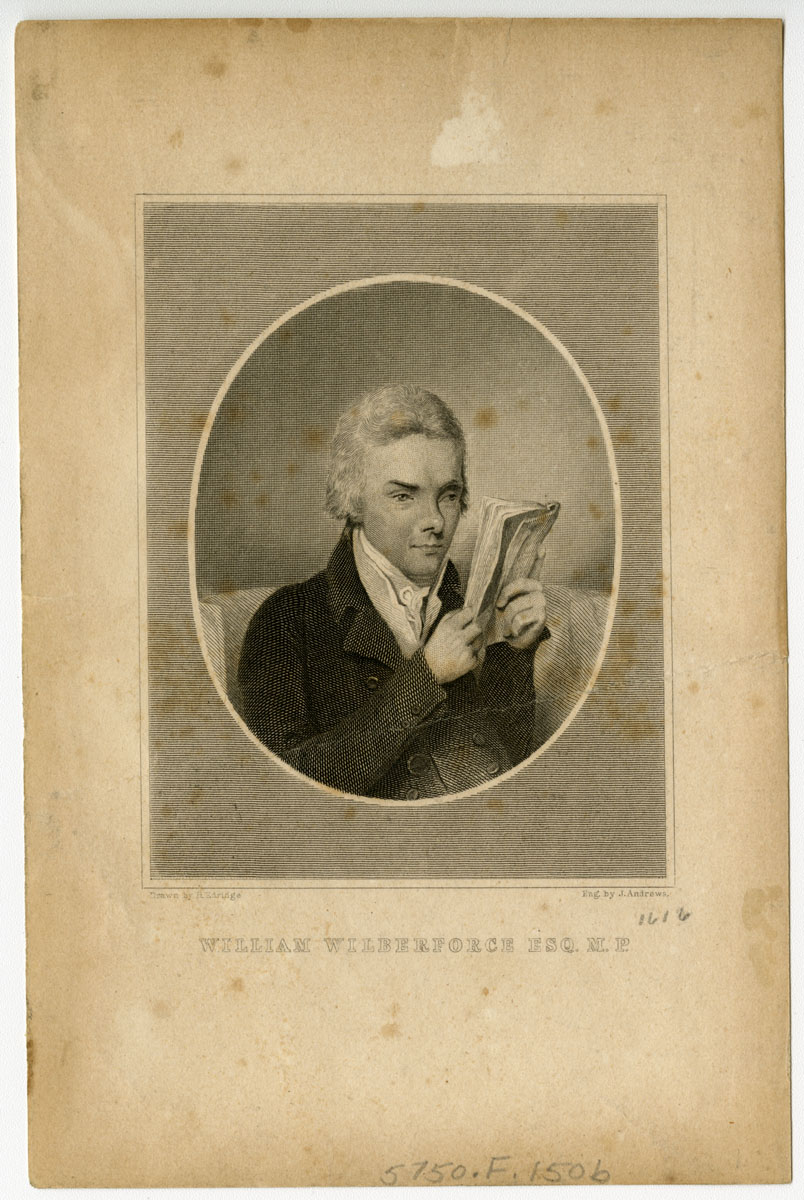Notes To Self
Put away the digital device and pick up a pencil and paper – research shows that we remember things better when we write them down. But don’t just throw away your notes… Why not save them in a pocket diary?
Like a message in a bottle, your jottings can inform the future, just as the notes on display here have travelled through space and time to tell us about the past.
Don’t leave home without it!
During the 19th century, patented pocket diaries, pocket books, and pocket writing tablets proliferated. Some had features such as special papers that could be erased, or expandable pockets and pencil holders.
Writing tablet in papier-mâché binding, inlayed with mother-of-pearl, ca. 1850. Gift of Todd and Sharon Pattison.
Pocket Diary for 1862 (New York, 1861). Gift of the Heirs of Helen Beitler.
Improved Patent Metallic Book. Used by Anne Hampton Brewster as a commonplace book, 1855-1857. Bequest of Anne Hampton Brewster.
The American Ladies Pocket Book, 1819 (Philadelphia, 1818). Gift of Michael Zinman.
Blank Books
Blank books are meant to be filled. Between their covers they gather and hold many things besides words…a virtual blank canvas for the imagination.
Blank book used by Richard Wistar, mid-1700s, as an exercise book and as a copybook for correspondence. Gift of Cresson Wistar.
Blank book published by George Kolb of Frederickton, MD, between 1818 and 1820. Used as a medical journal by Dr. Peter Fahrney. Peter Fahrney papers.
Blank book used by John Jay Smith as a pressed plant album, ca. 1845. Published by Nicholas Walsh of Dublin, Ireland. Smith Family Papers.
Blank book used by James St. Clair Morton for field notes and sketches for the Chiriqui Surveying Party, 1860. Published by J. Hufty, Philadelphia. Samuel George Morton Papers.
Blank book used by James St. Clair Morton for field notes and sketches for the Chiriqui Surveying Party, 1860. Published by J. Hufty, Philadelphia. Samuel George Morton Papers.
Pocket Almanacks
These lovelies served a dual purpose as pocket calendar and diary. Most were bound with blank pages for “notes to self” such as shopping lists, recipes, and memos.
Johnson’s Pocket Almanac, for the Year of Our Lord 1838 (Philadelphia, 1837). Gift of Helen Beitler.
Poor Will’s Pocket Almanack, for the Year 1812 (Philadelphia, 1811). Gift of Sally Smith.
Poor Will’s Pocket Almanack, for the Year 1828 (Philadelphia, 1827). Gift of Sally Smith.
Poor Will’s Pocket Almanack, for the Year 1828 (Philadelphia, 1827). Gift of the Chew Family.
Swords’s Pocket Almanack, Christian’s Calendar, and Ecclesiastical Register, for the Year of Our Lord 1822 (New-York, 1821). Gift of Margaretta A. Dick.
The Philadelphia Shopping Guide & Housekeeper’s Companion, for 1859 (Philadelphia, 1858). McAllister collection.
Advertising pamphlets
Give-away advertising pieces gained extra “life” as handy note books. Try making your own pocket notebook at home. A printed facsimile of a pocket notebook cover and instructions are located in the wall pocket. Please take one!
Burdock Blood Bitters Pocket Memorandum Book (Buffalo, N.Y., 1890). Gift of William H. Helfand.
A Pocket Note Book (Philadelphia: National Medical Institute, 1910). Gift of William H. Helfand.
Margaret Fuller, R. Babson and J. Andrews. (Boston, 1855). Engraving.
William Wood (late 19th century). Pastel.
William Wilberforce Esq. Drawn by H. Edridge; eng. by J. Andrews (Boston, 1834). Steel engraving.


